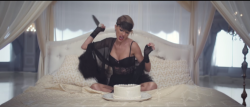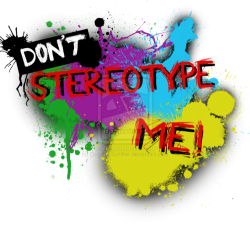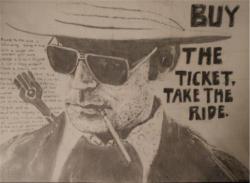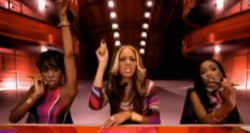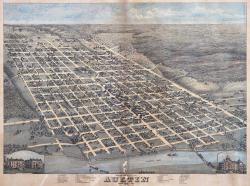
Since I’ve begun teaching, I have frequently described moments in the classroom in terms of trains. A lesson depends upon organic human interaction, and sometimes the best laid plans can produce unexpected results. So, when it comes to lesson-planning, I tend to be an overplanner as a means of minimizing the chances of derailment, and I can happily say that this works for me.

